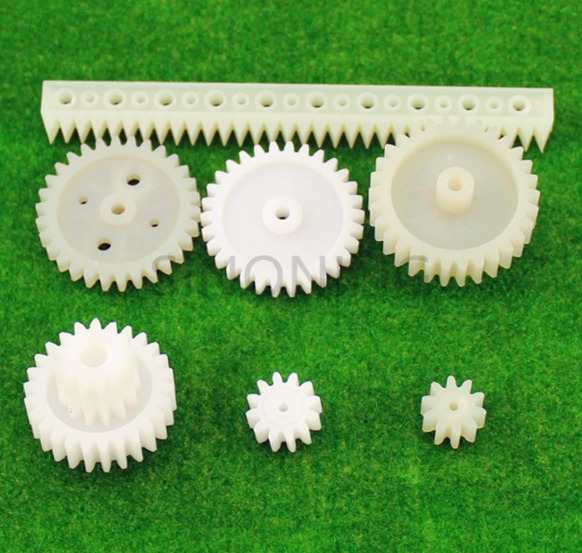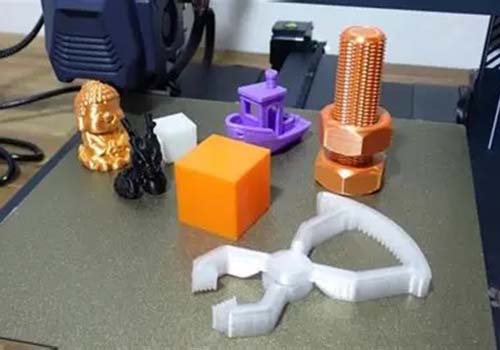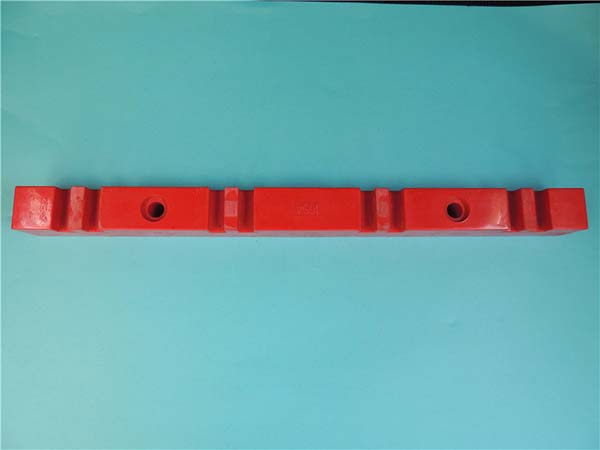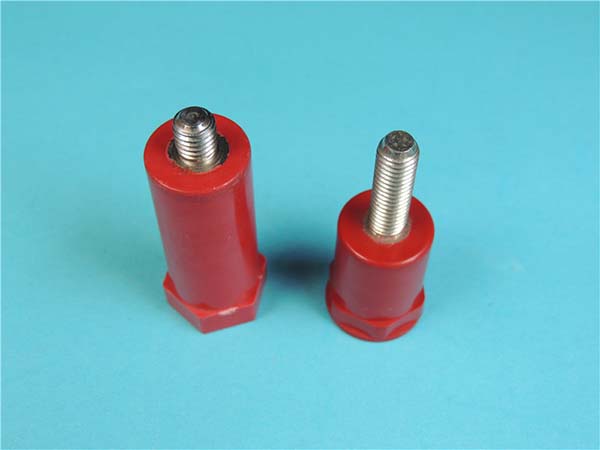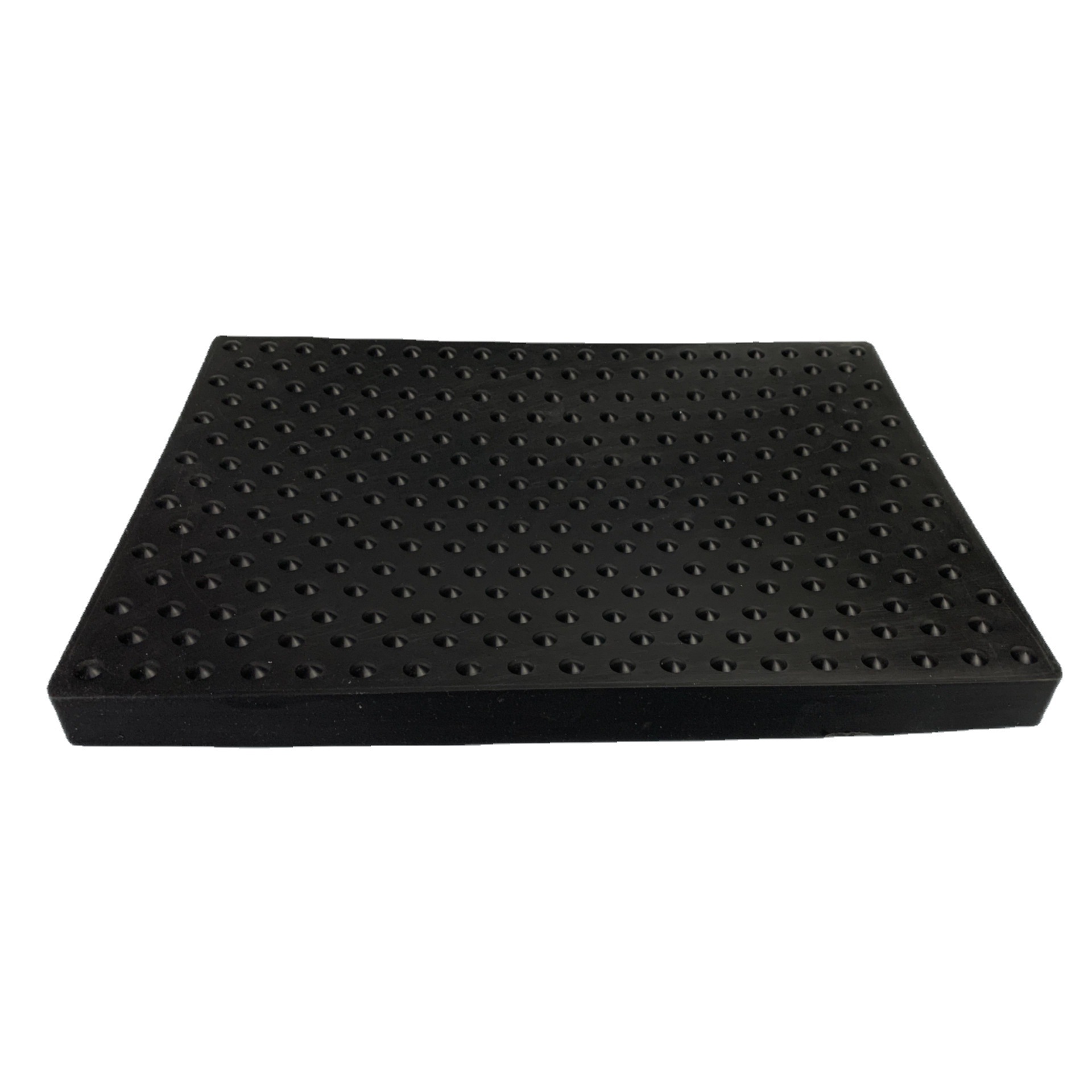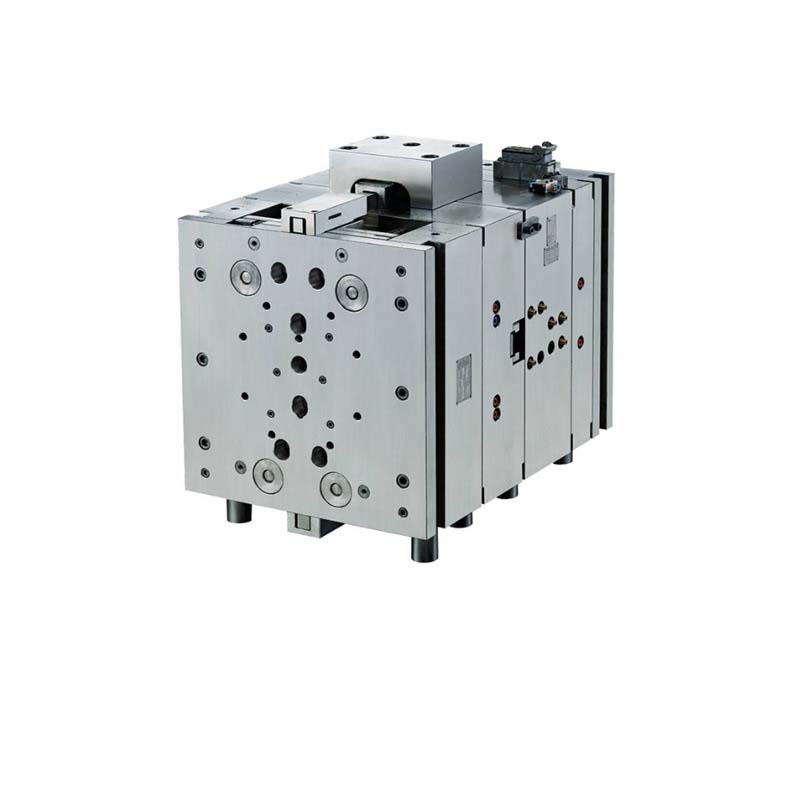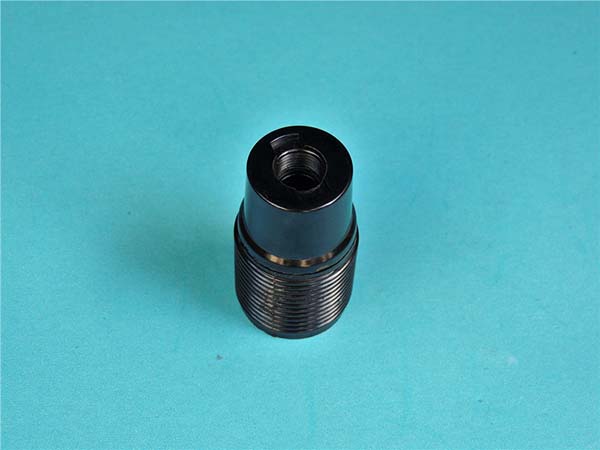Understanding Plastic Gears Basics
Plastic gears are essential components in numerous mechanical systems, playing a crucial role in power transmission and motion control. These gears are made from various types of plastics, each offering unique properties that make them suitable for different applications.
Types of Plastics Used in Gear Manufacturing
- Acetal (Polyoxymethylene - POM): Acetal is a popular choice for plastic gears due to its high stiffness, low friction, and excellent dimensional stability. It can withstand moderate loads and is often used in applications where precision and durability are required, such as in small motors, office equipment, and automotive interior components. For example, in a printer's paper - feeding mechanism, acetal gears ensure smooth and accurate movement of the paper.
- Nylon (Polyamide - PA): Nylon gears are known for their good mechanical strength, toughness, and self - lubricating properties. They can operate in a wide range of temperatures and are resistant to many chemicals. Nylon is commonly used in applications like household appliances, power tools, and conveyor systems. In a household blender, nylon gears help transfer power from the motor to the blades, enabling efficient blending.
- Polycarbonate (PC): Polycarbonate offers high impact resistance, transparency (which can be an advantage in some applications for visual inspection), and good electrical insulation. It is suitable for gears in applications where shock absorption and electrical isolation are important, such as in electronic devices and some types of machinery.
Advantages of Plastic Gears
- Lightweight: Plastic gears are significantly lighter than their metal counterparts. This makes them ideal for applications where weight reduction is crucial, such as in aerospace components, portable electronics, and small - scale robotics. For instance, in a small unmanned aerial vehicle (UAV), using plastic gears can reduce the overall weight, thereby increasing the flight time and efficiency.
- Corrosion Resistance: Plastics are generally resistant to corrosion, which means plastic gears can be used in environments where metal gears would quickly degrade. This is especially beneficial in applications involving exposure to moisture, chemicals, or harsh weather conditions. In a water - treatment plant's control mechanisms, plastic gears can operate without the need for frequent maintenance due to their corrosion - resistant nature.
- Quiet Operation: Plastic gears tend to produce less noise during operation compared to metal gears. This makes them suitable for applications where noise reduction is a priority, such as in household appliances (like refrigerators and washing machines) and office equipment (printers, copiers).
However, plastic gears also have some limitations, such as lower load - bearing capacity compared to metal gears in high - stress applications. Understanding these basic aspects of plastic gears is fundamental before delving into how replacement plastic gears can restore mechanical systems. When a mechanical system starts to experience issues related to its gear components, the process of selecting and installing the right replacement plastic gears becomes crucial for restoring the system's proper functionality.
Advantages of Plastic Gears in Mechanical Systems
Plastic gears offer several distinct advantages in mechanical systems, making them a popular choice in various applications.
Lightweight and Energy - Efficient
Plastic gears are significantly lighter than their metal counterparts. For example, a typical plastic gear made from acetal can be up to 70% lighter than a steel gear of the same size and design. This weight reduction has a direct impact on the overall weight of mechanical systems. In a portable power tool, such as a cordless drill, using plastic gears instead of metal gears can reduce the tool's weight by a substantial amount. This not only makes the tool more ergonomic and easier to handle for the user but also increases the energy efficiency. Lighter components require less energy to operate, which means longer battery life in battery - powered devices or reduced power consumption in electrically - powered systems. According to industry studies, replacing metal gears with plastic gears in small - scale electric motors can lead to a 15 - 20% increase in energy efficiency, as the motor has to work less to move the lighter gears.
Low Noise and Vibration
Plastic gears operate with low noise and vibration levels. The inherent damping properties of plastics absorb the shock and vibration generated during gear meshing. In a home audio system's drive mechanism, plastic gears ensure that the movement of the CD or turntable is smooth and quiet. In medical equipment like infusion pumps, the quiet operation of plastic gears is crucial. Patients in a hospital environment need to be in a peaceful setting, and the low - noise operation of plastic gears in these devices helps to maintain a calm atmosphere. Moreover, reduced vibration also means less wear and tear on the gear teeth and other components of the mechanical system, leading to increased durability. In contrast, metal gears, especially when they are not perfectly lubricated or aligned, can produce a significant amount of noise and vibration during operation.
Corrosion Resistance
Plastic gears are highly resistant to corrosion. In a marine environment, where metal gears would quickly succumb to the corrosive effects of saltwater, plastic gears can operate reliably. For instance, in the control systems of boats or underwater vehicles, plastic gears are used to avoid the need for frequent maintenance due to corrosion. In chemical processing plants, where the equipment is exposed to various corrosive chemicals, plastic gears can withstand the harsh chemical environment. A metal gear in the same environment would require regular painting, plating, or replacement to prevent rust and degradation. Plastic gears, on the other hand, can maintain their structural integrity and performance over a long period without the need for such extensive maintenance measures.
Cost - Effective and Design Flexibility
Plastic gears are cost - effective to manufacture. The injection - molding process used to produce plastic gears is relatively inexpensive compared to the complex machining processes required for metal gears. For large - scale production runs, the cost savings can be substantial. For example, producing 10,000 plastic gears through injection molding can cost up to 50% less than producing the same number of metal gears through machining. Additionally, plastic gears offer great design flexibility. They can be molded into complex shapes with internal features, undercuts, and thin walls. This allows engineers to create custom - designed gears that can fit specific mechanical system requirements precisely. In a small, intricate robotic mechanism, plastic gears can be designed to have unique tooth profiles and shapes to optimize power transmission within a limited space, something that would be much more difficult and expensive to achieve with metal gears.
Common Reasons for Plastic Gear Replacement
Wear and Tear
Wear and tear is one of the most common reasons for plastic gear replacement. Over time, as plastic gears operate in a mechanical system, the constant meshing and rubbing of the gear teeth against each other cause the material to gradually wear away. You can often observe visible signs of wear, such as a reduction in the thickness of the gear teeth. For example, in a small electric motor used in a household fan, after months or years of continuous operation, the plastic gears may show signs of tooth wear.
To determine the wear - level, carefully observe the shape of the gear teeth. In a healthy gear, the teeth have a well - defined, sharp profile. As wear occurs, the tips of the teeth may become rounded, and the sides may show signs of material loss. A general rule of thumb is that if the tooth thickness has reduced by more than 10 - 15% of its original value, it's a strong indication that the gear is approaching the end of its useful life and may need replacement. Additionally, excessive noise or vibration during gear operation can also be a sign of significant wear.
Fatigue Failure
Fatigue failure in plastic gears occurs when the gear is subjected to repeated cyclic loading. The principle behind fatigue failure is that as the gear experiences alternating stresses during operation, tiny cracks start to form in the material over time. These cracks gradually grow and propagate, eventually leading to the failure of the gear.
Several factors can contribute to fatigue failure. Frequent load changes are a major culprit. For instance, in a power - transmission system that frequently starts and stops, like a conveyor belt system in a factory that operates intermittently, the plastic gears are constantly subjected to changes in torque. High running speeds can also increase the stress levels on the gears, accelerating the fatigue process. A study in the mechanical engineering field has shown that increasing the rotational speed of plastic gears by 50% can reduce their fatigue life by up to 40%. Temperature variations can also play a role, as they can cause the plastic material to expand and contract, further weakening the structure and making it more susceptible to fatigue failure.
Incorrect Installation or Design
Incorrect installation or design can lead to various problems that necessitate plastic gear replacement. During installation, a misalignment or incorrect positioning of the gears can cause uneven stress distribution on the gear teeth. For example, if the gears are not properly centered, one side of the teeth may experience much higher loads than the other, leading to premature wear and failure. A misalignment error of just 0.1 mm in a set of meshing plastic gears can increase the stress on the teeth by up to 30%.
Poor design is another issue. When designing plastic gears, if the calculations for factors like tooth strength, load - bearing capacity, and contact stress are inaccurate, problems will arise. For example, if the design underestimates the expected load on the gear and the resulting tooth surface contact stress is too high, the gear teeth will experience excessive wear and deformation. In a poorly - designed gearbox for a small - scale industrial machine, the plastic gears may start to fail within a few weeks of operation due to incorrect design parameters, while a well - designed system could ensure smooth operation for several years.
Yigu Technology's View
As a non - standard plastic metal custom products Supplier, Yigu Technology understands the critical role of plastic gears in mechanical systems. We believe that our custom - made plastic gears offer unique solutions. Our in - depth material expertise allows us to select the most suitable plastic for each application, ensuring optimal performance. For example, we might recommend a high - strength nylon composite for a gear in a high - torque industrial application.
In terms of quality control, we have a rigorous inspection process. Every batch of plastic gears undergoes multiple tests, including dimensional accuracy checks and strength tests. This ensures that the replacement plastic gears we provide not only fit perfectly but also have a long service life. Our design team also collaborates closely with clients, offering customized design solutions to meet specific mechanical system requirements, whether it's a unique gear shape or a particular set of performance criteria.
FAQ
Q1: How do I know if my plastic gear needs replacement?
You can tell if a plastic gear needs replacement by observing several aspects. Check the gear teeth for wear. If the thickness of the teeth has decreased by more than 10 - 15% of the original, or the tips are rounded and sides show material loss, it's a sign of wear. Unusual noise or vibration during operation also indicates potential issues. Additionally, look for any cracks or deformations on the gear surface. If there are visible cracks, especially in the tooth or hub area, the gear is likely to fail soon and should be replaced.
Q2: Can I use any plastic gear as a replacement?
No, you can't use just any plastic gear as a replacement. Different mechanical systems have specific requirements in terms of load - bearing capacity, speed, and environmental conditions. For example, a gear in a high - torque industrial application needs to be made of a more robust plastic material compared to a gear in a low - load household appliance. The gear's size, tooth profile, and material properties must match the original gear and the demands of the mechanical system to ensure proper functionality and long - term reliability. Using an inappropriate plastic gear may lead to premature failure, increased noise, and inefficient power transmission.
Q3: What is the lifespan of a plastic gear?
The lifespan of a plastic gear is affected by multiple factors. In a low - load, well - lubricated, and stable - temperature environment, a plastic gear can last for tens of thousands of hours. However, in a high - load application with frequent start - stops, high running speeds, and significant temperature variations, its lifespan can be severely reduced. For instance, in a power - transmission system with high torque and frequent load changes, the gear may only last a few hundred to a few thousand hours. Generally, under normal operating conditions with moderate loads and proper maintenance, plastic gears can have a lifespan ranging from 1000 to 10,000 hours.
